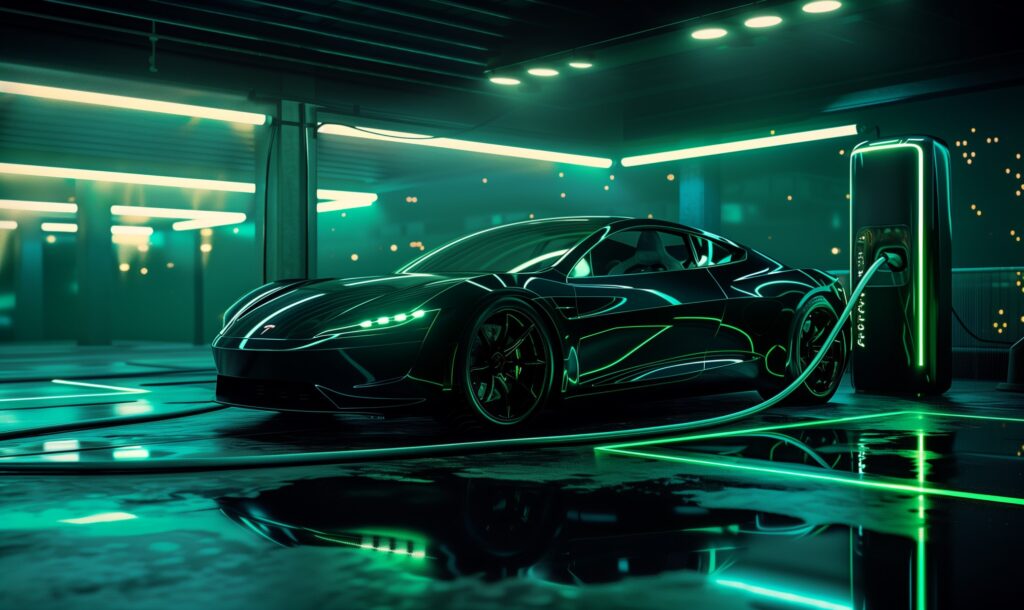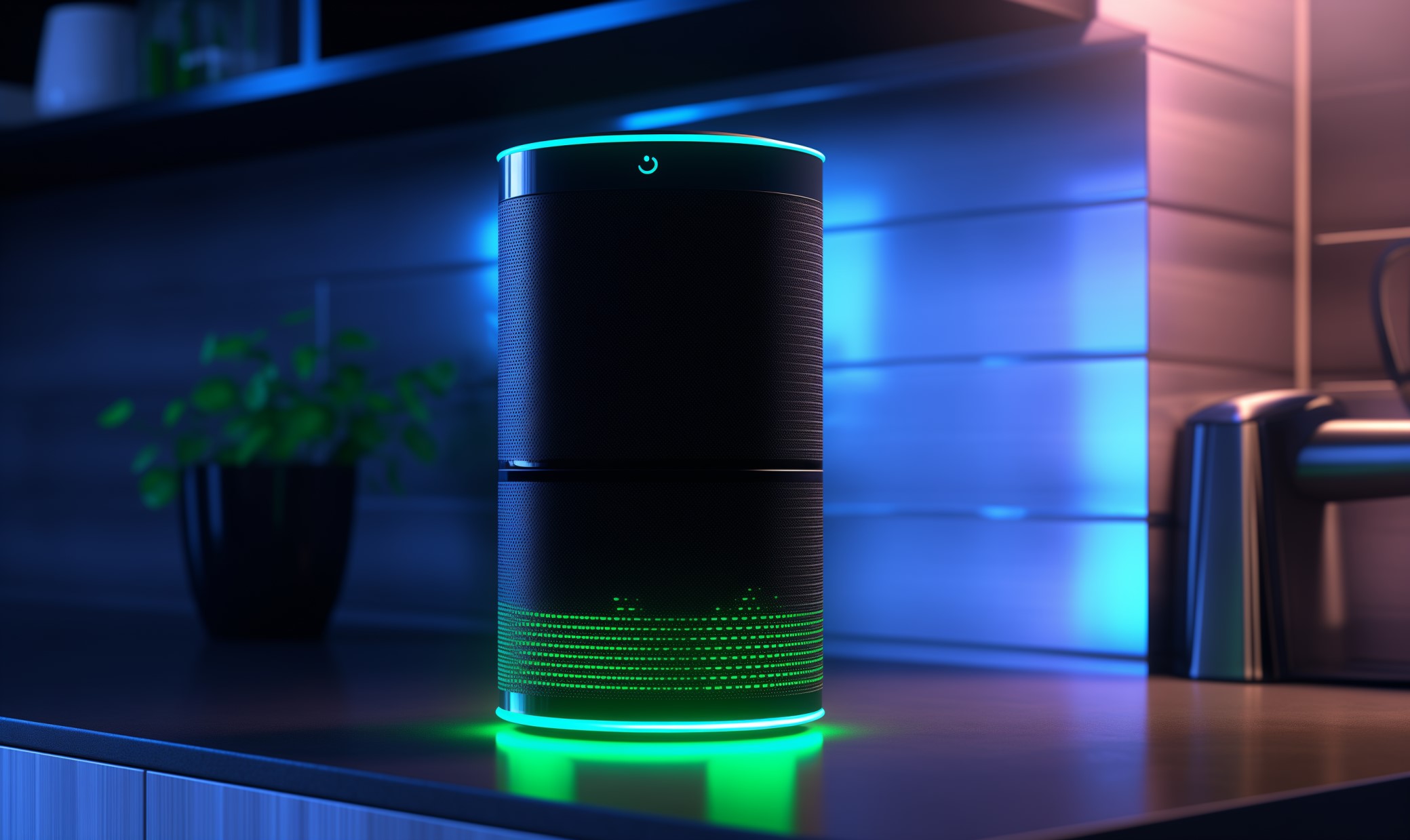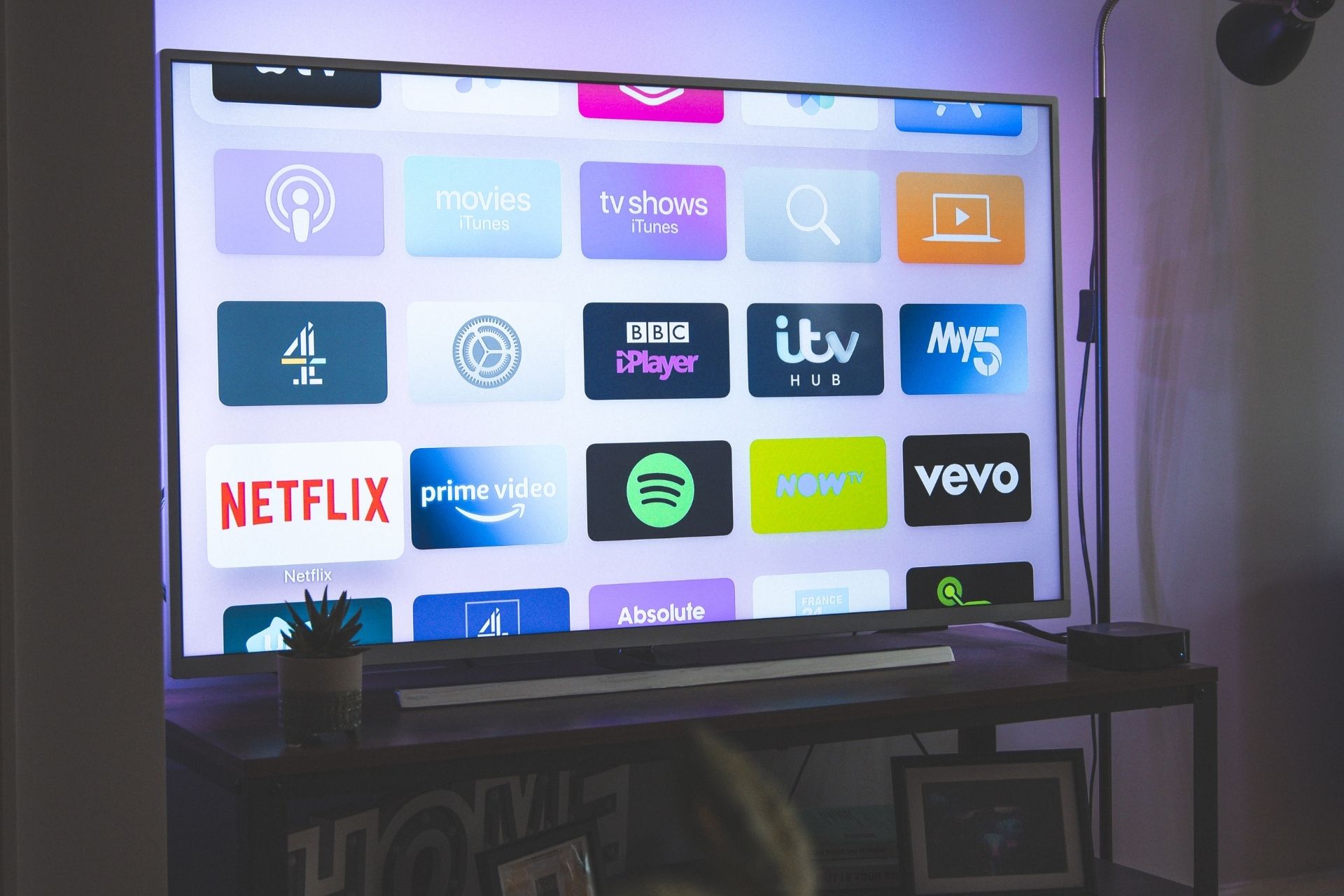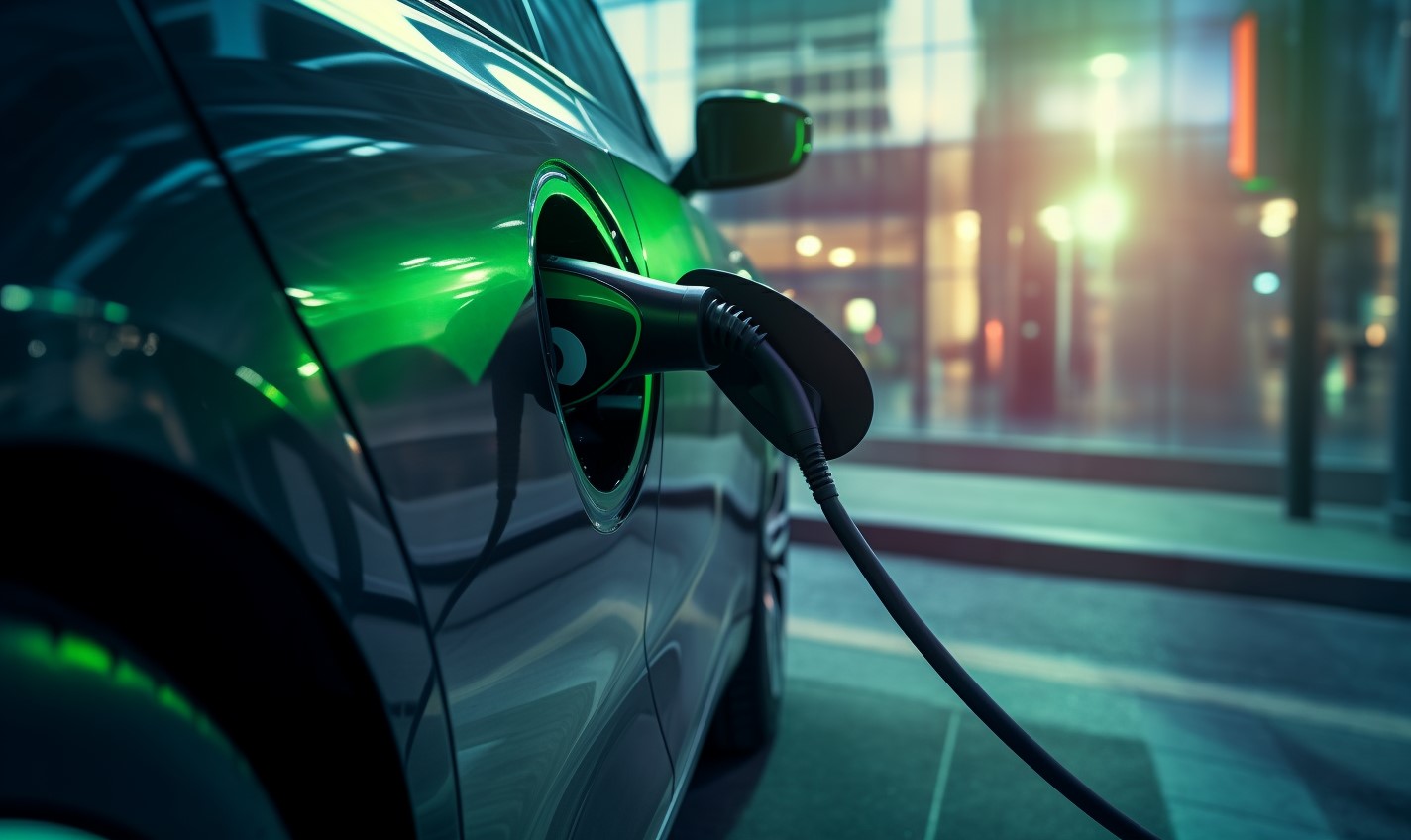As energy efficiency in buildings becomes accessible, more people will be looking to make their businesses, places of residence and any other location green.
These seven steps highlight key areas where making a change to energy efficiency can help save money as well as improve the environment.
Planning
The best place to take proactive steps is during the planning stages. If you want to improve energy efficiency, you will need to take into consideration your bottom line and your return on investment (ROI). These two things will give you insight into how much you will spend and profit from switching to energy-efficient systems and devices.
Sustainable appliances and designs will save you money in the long-run. Planning helps you budget to enhance your building’s efficiency.
Energy Consumption
Another proactive step you’ll want to take is measuring your energy consumption as you make improvements. Measuring use alone will give you a better idea of how much power a building uses and what it uses it for. Some big data platforms help users track energy consumption over time.
After changes in energy resources and appliances, the measurements of consumption should decrease. A tool like Energy Star’s Portfolio Manager can compare buildings’ energy use. This resource will tell you what path to follow to improve efficiency.
Certified Appliances
Certified equipment and appliances are beneficial alternatives to current, wasteful products. For instance, a refrigerator that doesn’t have energy certifications will most likely be not as efficient as one that does. Energy Star certifications will ensure better sustainability for businesses.
On average, an Energy Star certification will entail 30% to 60% less energy use than a non-certified product. This decrease in usage will lead to an improved ROI. You will want to keep an eye out for these certified products, as they can cover a range of appliances.
Ventilation
An HVAC system is beneficial to have in any building, but it can come with unnecessary energy consumption. Leaks and damage can lead to heating or cold air escaping, wasting money in the process.
A high-quality HVAC system is airtight. Energy-efficient ones use outgoing air to heat or cool incoming air depending on the season. This setup can significantly reduce the environmental impact of a building while still providing the best ventilation for residents or employees.
Insulation
Similarly, insulation can improve heating and cooling too. The outside design of a building can lessen the need for an HVAC system. If this improvement isn’t currently possible, you can opt for keeping insulation airtight.
Leaks, again, can be a source of lost heating or AC, which can waste money and worsen energy usage. Replacing any doors or windows that lead to leakage is an easy fix that keeps the building insulated and using energy wisely.
Lighting
Lighting is a major source of energy waste. Light bulbs can use significant amounts of power, especially when they stay on for prolonged periods. As an alternative, LED lights reduce energy usage and last up to 10,000 hours longer than incandescents. Moreover, having sensors that automatically turn lights on and off will save more electricity.
If you can, use natural lighting as much as possible. Some buildings work well enough with natural lighting that they reduce the need for artificial lights. Conversely, though, if your building faces the sun, you’ll want to get awnings or solar screens to keep inside temperatures cool.
Renewable Energy
The goal of energy efficiency in buildings is to help the environment, and renewable energy can be a push in the right direction. Solar and wind are the leading renewable sources at the moment, with solar becoming more popular and less expensive.
When a building can make the switch to sustainable energy, it will greatly improve the environment. This step could be small, like using solar heaters instead of electric-powered ones. It could be a big step, too, like switching entirely to geothermal.
Improve Energy Efficiency In Your Buildings
From ventilation to renewables, there’s plenty you can do to improve the efficiency of your building. When you make a move toward sustainability, you set yourself up toward a lifetime of cost savings and eco-consciousness.
Recent Stories
Follow Us On
Get the latest tech stories and news in seconds!
Sign up for our newsletter below to receive updates about technology trends














